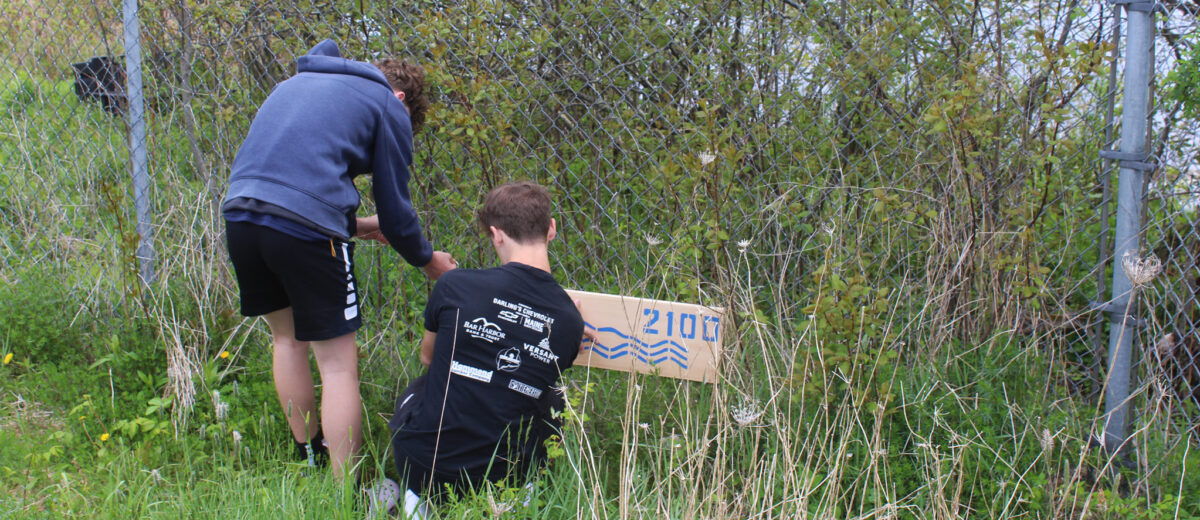by Lauren Knierim
Covering over 70 percent of Earth, the world’s oceans play a crucial role in our daily lives. Our blue planet is home to a vast array of biodiversity, including phytoplankton, algae, and plants, which produce over half of Earth’s oxygen. The ocean holds deep spiritual significance to many cultures, and its beauty and power have inspired artists, poets, and musicians throughout time. Local and global economies rely on the ocean to support industries like fishing, tourism, and transportation.
The ocean also regulates Earth’s climate by absorbing carbon dioxide and excess heat from the atmosphere and distributing it across the globe. However, as carbon and heat absorption have increased, challenges including extreme weather events, sea level rise, and ocean acidification have also accelerated.
World Ocean Day (and Month) was established by the United Nations in 2008 as a way to celebrate our blue planet and raise awareness to the growing pressure it faces. The action theme of 2024 is “Catalyzing Action for Our Ocean & Climate.” This push for collective action is powered by youth.
World Ocean Day is organized by the Youth Advisory Council, currently composed of 25 youth leaders from 21 different countries, who create and run thousands of activities, festivals, and celebrations to engage millions of people around the world. As young people become increasingly aware of the climate crisis and challenges it poses, they represent a massive pool of knowledge, enthusiasm, and power needed to inspire change and hold decision-makers accountable.
In May, we joined youth from a community nearby who are specifically vulnerable to sea level rise. Tremont Consolidated School in Bass Harbor is surrounded by a salt marsh and tidal river that backs up to their soccer field. Storms in January 2024 caused surges nearly equal to the three feet of sea level rise projected for the year 2100, leaving students with a clear idea of just how far underwater their favorite places may be in less than a hundred years. From the storms, students recalled massive boulders at Seawall and roads that turned into rivers, keeping them from meals at beloved local restaurants.
With science teacher Tonya Prentice and the Gulf of Maine Research Institute, these seventh- and eighth-grade students have spent the last few months learning about the causes of sea level rise, projections for future sea levels in their community, as well as the effects of this threat on their daily lives. In collaboration with artist Jennifer Steen Booher and Mount Desert Historical Society, Tremont students worked to mark projected sea level rise around their school for the years 2050 and 2100.
While they live in a community already seeing the effects of the climate crisis, the students of Tremont are prepared to adapt. When asked if the idea of sea level rise made them anxious or afraid, many students responded with a sense of assured confidence in sea level rise mitigation. Along with ideas like moving to Mars or raising the entire peninsula on stilts, students gave examples of practical solutions such as planting salt tolerant plants to slow coastline erosion, building seawalls to protect against wave action, and installing seawater pumps and other systems to drain excess water.
As the effects of climate change intensify, youth around the world are stepping up to engage their communities in conversations about preventing and mitigating these challenges. By listening to the voices of youth in our own communities, we can do our part to leave future generations with healthy oceans that will continue to support them.
Visit the Coast Lines project page to learn more and where to visualize projections of future sea levels.
